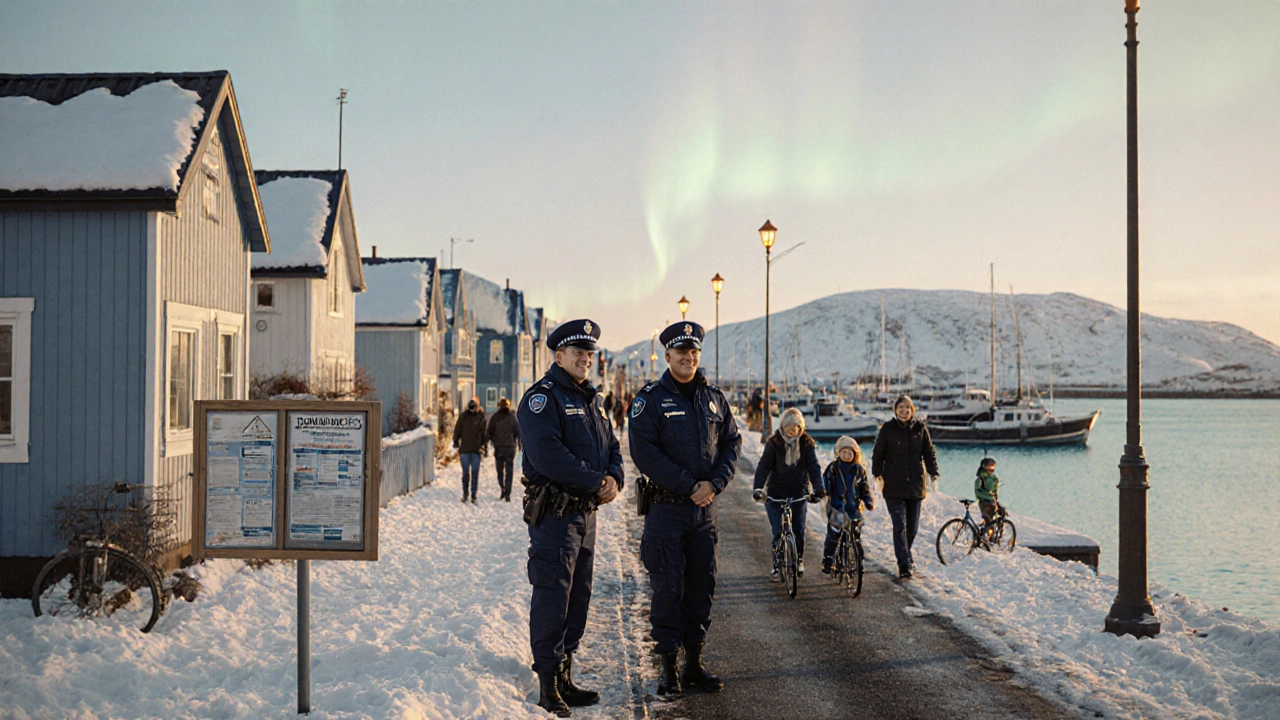Country Safety Score Explained
When checking country safety score, a numeric rating that reflects how safe a nation is for residents and visitors. Also known as safety index, it helps governments, travelers, and businesses decide where to go or invest.
The risk assessment, the process of identifying and evaluating potential hazards relies heavily on the safety score because the score aggregates data on crime, health threats, and political unrest. In other words, country safety score encompasses crime rates, health infrastructure, and stability factors, creating a single picture that’s easy to compare.
Another related entity is the travel advisory, official guidance issued by governments about the safety of foreign destinations. Travel advisories pull the safety score into practical advice: a low score may trigger a “caution” label, while a high score usually means “safe to travel.” This relationship shows how the safety score influences everyday decisions, from booking a flight to signing a contract abroad.
How is the score built? Analysts gather statistics on crime rate, the frequency of violent and non‑violent offenses per 100,000 people and blend it with health metrics like disease prevalence and hospital capacity. Political stability—measured by the frequency of protests, coups, or election disputes—adds another layer. By combining these attributes, the score gives a quick snapshot: the higher the number, the safer the country.
People often wonder whether the score changes fast. In fact, updates happen quarterly because new data on crime spikes or health outbreaks can shift the rating dramatically. This means the score is not static; it reflects real‑time risk. For businesses, this is crucial: a sudden dip in the safety score can affect supply chain routes, insurance premiums, and employee travel plans.
Besides the big‑picture view, you can drill down into specific categories. If you care most about health safety, look at the health sub‑score; if crime is your main concern, explore the law‑enforcement index. These sub‑scores let you customize the safety picture to match your priorities, whether you’re a backpacker, an expatriate, or a multinational firm.
Understanding the score also helps you interpret news headlines. A headline about rising unrest might sound alarming, but if the overall safety score stays high, the broader risk level may be unchanged. Conversely, a small change in the score can signal a hidden issue that isn’t obvious in daily headlines.
All these pieces—risk assessment, travel advisory, crime rate, health data, and political stability—fit together like a puzzle. When you put them together, you get a reliable guide for making smarter choices about where to live, work, or vacation.
Below you’ll find a collection of articles that dive deeper into related topics, from crafting the perfect status for a safe‑travel mindset to exploring how Indian attitudes shape perceptions of safety. Each piece adds another layer to the picture, giving you practical tips, cultural insights, and real‑world examples you can use right away.
Explore the 2025 safety ranking of nations, discover why Iceland leads, see India's position, and learn how safety scores are calculated.
More